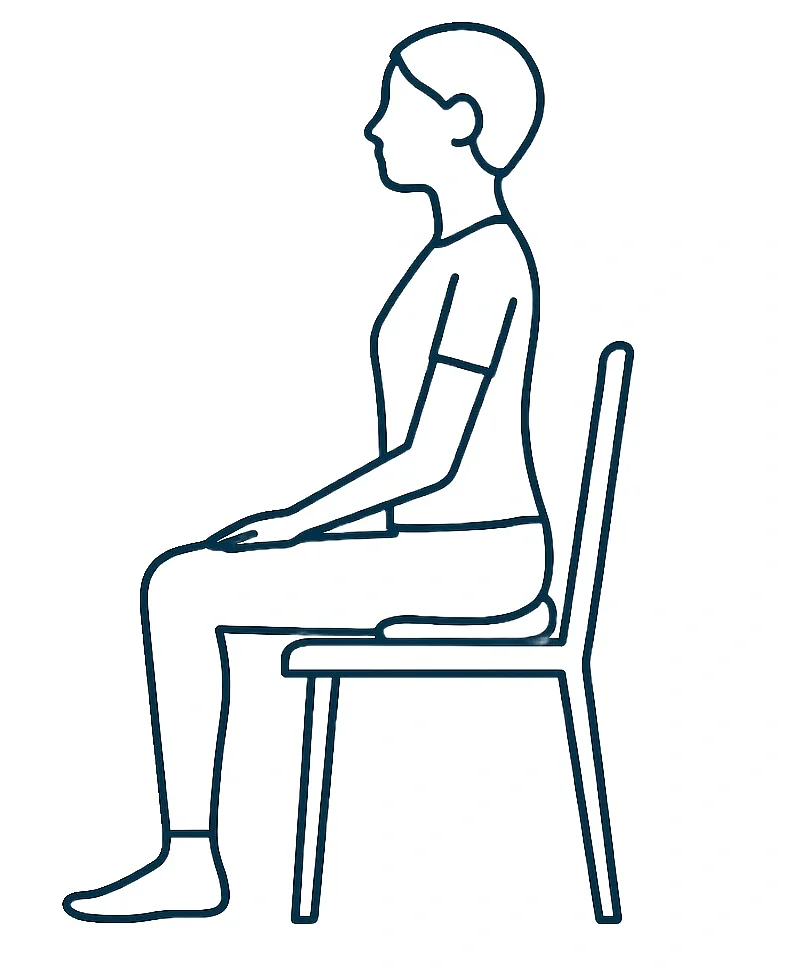Hip precautions after hip replacement surgery
By Mr Khaldoun Bitar — Hip and Knee Surgeon in Wolverhampton
Recovering well after a hip replacement is one of the most important parts of ensuring a successful outcome and protecting your new hip for life. As a hip and knee surgeon in Wolverhampton, I always remind my patients that following clear hip precautions after surgery during the first few weeks — and adopting safe habits long-term — can help you stay active and avoid problems like hip dislocation in the future.
Why hip precautions matter
After your hip replacement, your new hip needs time to heal and settle into place. Certain movements and positions can increase the risk of the hip slipping out of place (dislocation) — which can be very painful and, if repeated, may lead to further surgery.
Following these precautions helps keep your new hip stable while you heal and builds good habits that protect your hip for life.
Key hip precautions to follow
Here are the main things I advise my patients to do after hip replacement surgery:
-
Sleeping: Sleep on your back or on your side if advised, always with a pillow between your knees for support. For detailed tips on comfortable and safe sleep after hip replacement, see how to sleep following hip replacement.
-
Hip Bending: Do not bend your hip beyond 90 degrees. When sitting or picking something up, keep your back straight and avoid deep bending.
-
Crossing Legs: Avoid crossing your legs during the first 6 weeks.
-
Chair Height: Always choose chairs where your knees are level with or lower than your hips. This helps prevent your hip from bending too much. Patients with longer legs should be especially careful — raise the seat if needed or use a cushion to sit a bit higher.
-
Daily Habits: Move with confidence but safely. Avoid twisting your hip inward when bending or turning. Get up slowly from chairs and beds.
The first 6 weeks — and beyond
These precautions are especially important during the first 6 weeks after surgery, but the good habits you build now can help protect your hip for life. Many patients who follow these simple steps stay active and comfortable for many years.
Individual care for every patient
Every patient is unique. Your height, muscle strength, and other factors may mean that you need extra guidance. I always explain the right approach for each patient to help you recover safely and with confidence.
Ready to learn more?
If you have any questions about hip replacement surgery or want to discuss your options, please feel free to get in touch.
Disclaimer: This information is general advice and does not replace personalised guidance from your surgical team.


